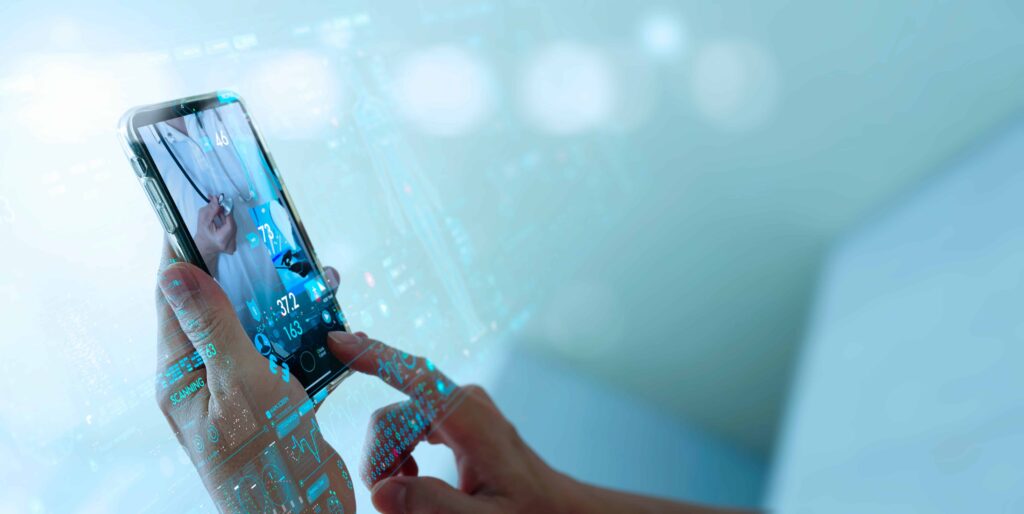How to Help Older Patients with Remote Patient Monitoring
In this week’s episode, we’re discussing how healthcare workers are critical to ensuring that patients can use remote patient monitoring. Clarence Tooles, Logistics and Support Director at SynsorMed, discusses helping older patients with technology and supporting remote healthcare.
How are patients adapting to new technology in the remote healthcare process?
They are adopting pretty well. Anyone under 65 has some technology literacy since smartphones are a part of daily life for this demographic.
Once you get in upper 60s and older, you may need to take more of a hands-on approach to teach them how to use remote patient monitoring. They are a little slower to adapt to the new technology, but once they understand what they need to do, they can handle using it.
What are best practices to helping older patients with technology?
It’s important to set expectations and make older patients feel comfortable. Some patients may view daily monitoring as a chore or worry about being admonished by their doctor for poor health readings.
We want to reassure patients that remote patient monitoring improves their health and help doctors take preventative measures. Once patients understand the purpose of daily monitoring, they are more likely to learn new technology and take part in remote care.
How do you help patients that struggle with using remote patient monitoring devices?
Sometimes patients get frustrated when they can’t figure out how to use remote patient monitoring devices. At SynsorMed, we make our devices and mobile app software simple for anyone to use. This means when a patient is struggling with their monitoring devices, it’s usually three or four scenarios that are causing problems that are easily fixable.
Our team helps them troubleshoot the problem within 10-15 minutes. Sometimes it’s as simple as changing the batteries. The worst-case scenario is that we send them a new device and make the shipping as easy as possible for the patient.
Do you believe patients will more readily accept remote patient monitoring in the future? What would that look like?
I think patients are already more accepting of remote patient monitoring. Compared to when I started SynsorMed three years ago, there’s been a dramatic increase in the adoption of technology from patients. The 65-year-old’s of today differ from the 65-year-old’s from three years ago. They are more emotionally invested in their health and are more comfortable using technology.
As remote monitoring devices get more sophisticated and easier to use, this might lead to even more patients adapting to this technology.
Final thoughts on supporting remote healthcare
Patients are more engaged with their care after they receive education on why remote monitoring will help them in the long-term. Even older patients can use remote monitoring devices, but it’s important they have empathetic support as they learn how to use these devices. It goes a long way to ensuring that they adapt to these new technologies.
Listen to the full podcast episode with Clarence Tooles, Logistics and Support Director at SynsorMed, here: The Virtual Care Show: Episode 6
The Virtual Care Show is your weekly take on all things related to the new care models in healthcare, remote patient monitoring, chronic care management, and hospital at home. Like and subscribe on Apple Podcast, Spotify, Stitcher, or wherever else you listen to podcasts.
